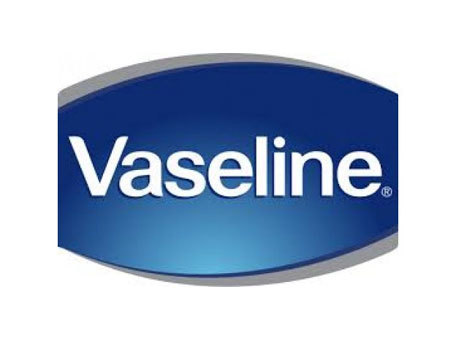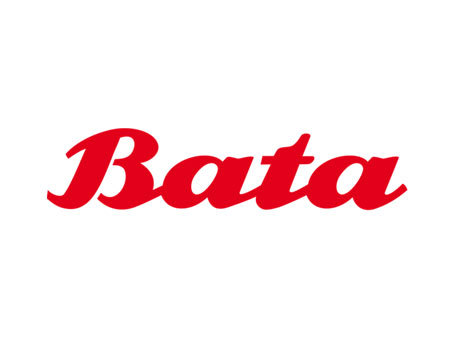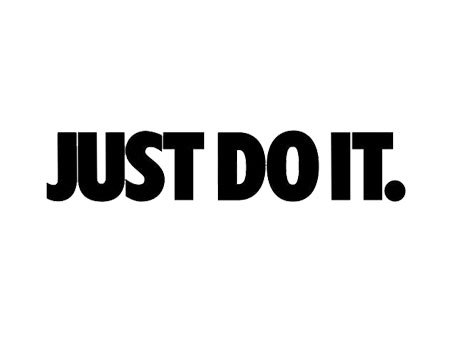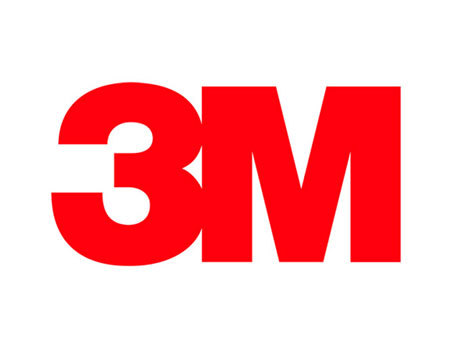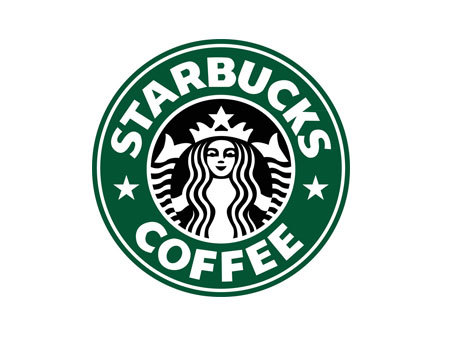What Can Be Trademarked
August 30, 2016 by Akshara Bala
Trademark can be a name of a brand, a catchphrase, or a logo. They act as the 'face' of a business which ultimately increases a business and brand value.
1. Words Marks
Words that are plain text-based marks, devoid of any style or graphic elements, with the function of distinguishing the products and service of one business from the other.
The words that would qualify for registration as a word mark can be through the following application:
For example
Pepsi

Note: Text based stylised logos will not fall under the category of word marks, but will be registered as device marks.
Business Name
Companies use made-up words as the name for their brand. Such names can be registered as a trademark.
Popular examples include
Intel |
Nestle |
Product Name
Apart from the name of the business, brands also want to protect the name of their products.
Popular examples include :
Maggie |
Vaseline |
Person Name
It is also possible to trademark a name of the person as long as it is beguiling enough to be used to sell a particular service or product.
This practice is very common amongst fashion designers, make-up brands and celebrities.
As can be seen in following instances, Christian Louboutin, Tom Ford, Estee Lauder and Shahrukh Khan they are names that are also a trademark.
Surnames and Initials
Surnames and initials can also act as trademarked. However, they need to have distinctive character status for identifying products and services of a brand.
Attempts to trademark surnames like Kapoor and Singh were rejected as they are too common. However, there's been some successful registrations like Bata®, and
Bata |
Tata |
Letters, Abbreviation and Acronyms
Acronyms and a combination can also be trademarks as long as they are used to specifically to identify goods and services.
Popular examples include
Louis Vuitton |
IBM |
Phrases and Catchphrases
Business slogans and movie catchphrases are also amongst the popular aspects of a brand that can be trademarked.
Some examples are :
Nike |
McDonalds |
Numerals
Numbers, a combination of numbers and alpha-numeric characters that identify a brand, its products or services can be trademarked.
Common examples include 555® detergent cakes and the band 3M®
555 |
3M |
Titles
Titles of books and movies can also be trademarked as long as they are part of a series.
The TV show and book such as Game of Thrones® is a registered trademark, so is the Avengers® movie and a comic franchise.
Also Read: What does a Trademark Protect?
2. Device and Symbols
Device marks are visual marks that protect the graphics and imagery elements of the mark. These devices take a specific stylised appearance, which forms a distinctive character of the mark.
Business and Product logos
An average consumer uses the logo to recognize the brand and its products.
Following logos act as a popular trademark:
Starbucks |
McDonalds |
Brand Symbols and Other Visuals
Apart from a logo, a brand can have multiple visual elements that add to the brand’s visual identity. A popular example is Louis Vuitton’s stars and circles that are popularly printed on their products.
Mascots and Characters
Pilsbury |
Amul |
A brand can also use printed or painted figures, designs or characters that do not consist of any letters, words, numerals etc.
The Pillsbury Doughboy and Amul’s little Indian Girl are some famous examples that help people recognise the product and brand.
Moving Logos
Moving logos can be registered as a series mark, which is a set of marks that resemble each other in their essential characteristics but varies in the non-distinctive characters.
The famous Roaring Lion from MGM Studios and the Nokia handshake are all popular examples.
Nokia Handshake |
MGM Lion Roar |
Pattern Trademarks
Patterns are usually registered under a design registration. However, when a pattern starts acting as a trademark, helping customers identifying the brand’s products and services, it can be registered as a trademark.
Popular example include Burberry’s Checked pattern
LV Pattern |
Burberry Pattern |
3. The Shape and 3D Marks
Three-dimensional trademarks include distinctive shapes like the shape of a product or the shape of the packaging.
Requirements of Shape Marks
- Must be a unique shape that helps consumers identify the source of the goods and services.
- The shape should not be functional in nature.
For instance, Kit-Kat lost its claim on its four-fingered mark as it was decided that that shape has a functional element to it, and the brand cannot have a monopoly over a particular function.
Treatment in India
Shape marks started to get recognised in India after the TRIPS agreement was signed, and the 1999 Act was introduced. The Trademarks Act, 1999, recognises unique shapes as an essential character warranting protection, as it influences the public perception.
The shape of the Zippo lighters is a shape trademark in India.
Zippo Lighter |
Coca Cola Bottle |
Also Read: Different Types of Trademarks in India
4. Sound Marks
Another unconventional mark that can be registered in India is sound marks. Under this, a brand signature tune can be registered as a trademark, so long as it helps the customers recognise the source of the products and services.
Registration of Sound Marks
Registration of sound marks must be represented as musical notes, and the trademarks examiner must be convinced about the unique and distinctive character of the mark.
The yahoo yodel was the first sound mark registered in India, following this, there have been several other sound marks registered such as the signature tune of Intel or 21stCentury Fox.
5. Colours Marks
For registration, colour trademarks need to be filed with concrete evidence of use by the applicant, expressing the distinctive character of the colours, so as to say that they are exclusive and integral to the brand’s identity.
Coke Red

Closing Thoughts
It is important to remember that when registering your trademark, it is always in connection with the product and service in the class(es) in which it is registered. Hence no business can enjoy an absolute monopoly over a mark unless the mark is registered in every class.



